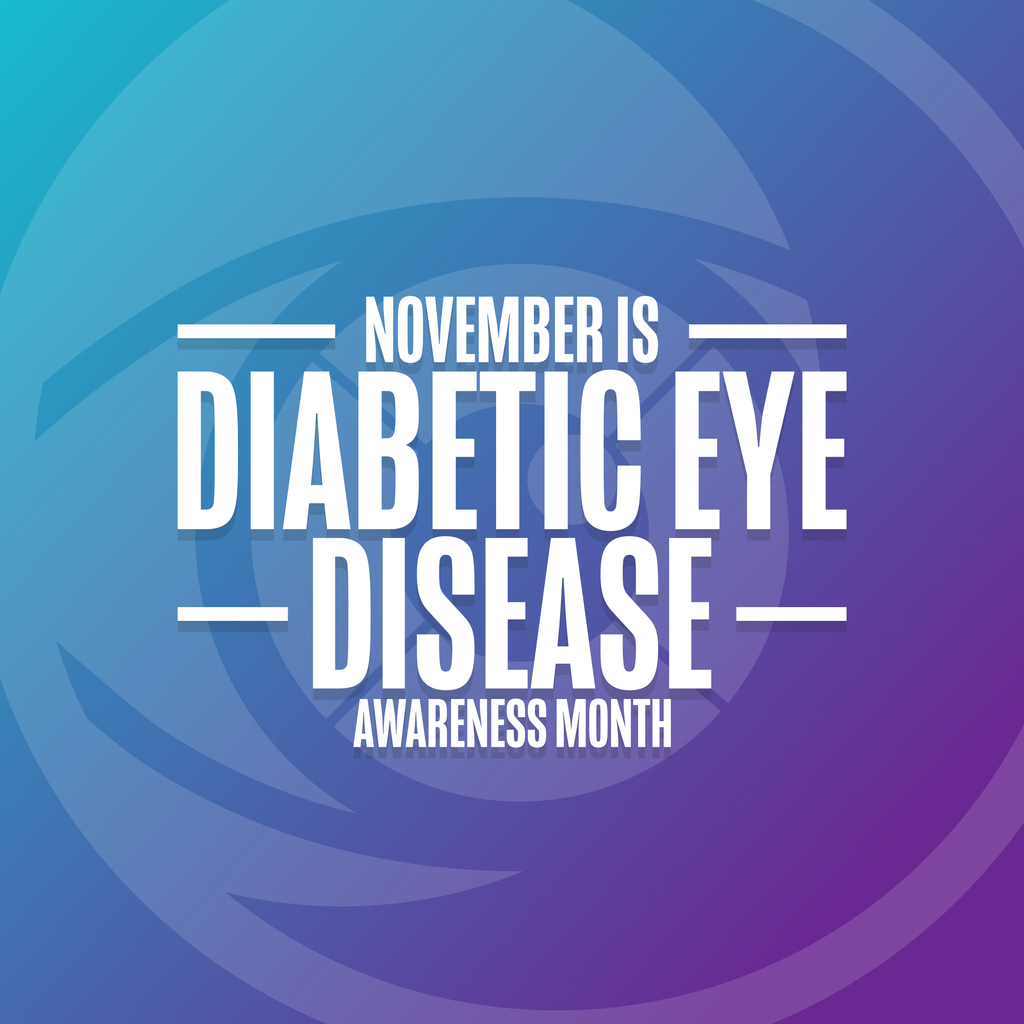Commitment + Clinical Leadership = Better Outcomes

Diabetic Retinopathy: Causes, Symptoms, and Treatment
Diabetic retinopathy is an eye condition that affects individuals with both type 1 and type 2 diabetes. The longer someone has diabetes, and the less controlled their blood sugar is, the more likely they are to be diagnosed with diabetic retinopathy.1
Here are some facts, causes, and signs of diabetic retinopathy, as well as how you can manage and treat the condition.
What is Diabetic Retinopathy?
Diabetic Retinopathy is a condition that affects individuals with diabetes that causes vision loss and blindness.2
Diabetic retinopathy affects the blood vessels in the retina, which is the light-sensitive layer of tissue in the back of the eye. The retina is what converts light that enters into the eye into signals that are sent to the brain to create the images you see.
There are two types of diabetic retinopathy:
- Early diabetic retinopathy, also called non-proliferative diabetic retinopathy (NPDR), is the most common type of diabetic retinopathy. People who have NPDR cannot grow new blood vessels and the walls of their blood vessels in the retina are weakened.
- Advanced diabetic retinopathy, also known as proliferative diabetic retinopathy, is a more severe condition that causes damaged blood vessels to close off. As a result, abnormal blood vessels will grow in the retina and can leak fluid into the center of the eye. Scar tissue can also form from the growth of the new vessels, which leads to further complications.
What Causes Diabetic Retinopathy?
Diabetic retinopathy can occur in anyone who has diabetes. However, research shows that having high glucose levels for a long period of time is the most common cause.3
When the body’s glucose levels are high for too long, the blood vessels in the retina can weaken and become damaged which causes swelling. Eventually, abnormal blood vessels begin to grow, ultimately leading to diabetic retinopathy.
If you or a loved one are diabetic and want to reduce your risk of diabetic retinopathy, here are some tips to follow4:
- Control your blood sugar
- Exercise regularly
- Have annual eye exams
- Don’t smoke
- Keep blood pressure in a healthy range
Diabetic Retinopathy Symptoms
In the beginning, diabetic retinopathy may cause no symptoms or a few minor vision problems. However, this severe eye condition can lead to blindness.
Some common diabetic retinopathy symptoms include5:
- Floaters in the eye
- Blurry vision
- Seeing blank or dark areas in your field of vision
- Poor night vision
- Colors appear faded or washed out
- Losing vision
In addition to the diabetic retinopathy symptoms individuals may face, their risk for other health conditions increases.
- Diabetic macular edema (DME). 1 in every 15 people with diabetes will be diagnosed with DME, which is when the blood vessels in the retina leak fluid into the macula. The macula is the part of the retina needed for central vision.
- Neovascular glaucoma. This type of glaucoma occurs because diabetic retinopathy causes the blood vessels to grow abnormally, which blocks the eye’s ability to drain fluid.
- Retinal detachment. Diabetic retinopathy can also cause scars to form in the back of the eye. When scars pull the retina away from the back of the eye, retinal detachment occurs.
Diagnosis and Treatment for Diabetic Retinopathy
If you or a loved one are diabetic and your doctor notices signs of diabetic retinopathy, they will test your eyes and vision in a few different ways to form a proper diagnosis.6
- Visual acuity test – this is a common eye chart test that will measure your central vision at various distances.
- Tonometry – this test will check the pressure inside of your eyes.
- Pupil dilation – a doctor will widen your pupils using eye drops to get a close-up view of the eye’s retina and lens.
- Ophthalmoscopy. During this exam, your doctor will look at your retina using a special magnifying glass.
- Fluorescein angiography. An organic dye is injected into the bloodstream to show the blood vessels in the eye. Pictures will be taken with a special camera to show if blood vessels are leaking.
- Optical coherence tomography. During this test, light waves create detailed images of the retina.
When it comes to treating diabetic retinopathy, a doctor will consider multiple factors including age, medical history, visual acuity, and extent of retinal damage.
Your eye doctor will typically keep a close watch on your eyes, and you may have numerous eye exams scheduled within a year. Other treatments options include:
- Injections. Eye injections with medication are an option for those with diabetic retinopathy. These medications can help slow the progression of the disease while improving vision.
- Laser surgery. A laser can be used to reduce swelling in the retina as well as limit blood vessel growth. Laser surgery can also be used to stop the blood vessels from leaking.
- Vitrectomy. This surgery is recommended for patients who have cloudy vision. A small incision is made in the eye to repair blood vessels and remove scar tissue.
Learn More Today
If you or a loved one has been diagnosed with diabetes, we encourage you to take the time to learn more about managing diabetes, the signs of diabetic retinopathy, and how you can prevent it.
Saber Healthcare is an organization dedicated to providing consultant services to long-term care providers. This article is for informational purposes and is not meant to be seen as professional advice. Please consult with a medical expert before relying on the information provided.
- https://www.mayoclinic.org/diseases-conditions/diabetic-retinopathy/symptoms-causes/syc-20371611.
- https://www.nei.nih.gov/learn-about-eye-health/eye-conditions-and-diseases/diabetic-retinopathy#:~:text=Diabetic%20retinopathy%20is%20an%20eye,at%20least%20once%20a%20year.
- https://www.diabetes.co.uk/diabetes-complications/diabetic-retinopathy.html.
- https://my.clevelandclinic.org/health/diseases/8591-diabetic-retinopathy.
- https://www.aao.org/eye-health/diseases/what-is-diabetic-retinopathy.
- https://www.hopkinsmedicine.org/health/conditions-and-diseases/diabetes/diabetic-retinopathy.
